Many were shocked by the new 2018 Perodua Myvi‘s initial specs that was revealed this morning. Unsurprisingly, as the third-generation Myvi will come with LED headlamps and keyless entry with push start as standard across the board. The former is as seen on the top Honda Civic FC and the latter isn’t a given on some German premium cars costing a few times more.
UPDATE: Perodua has opened online registration of interest for the new Myvi, click here for more.
Eye-catching features aside, safety has been boosted many times over, and Perodua is targeting a five-star rating from ASEAN NCAP. The 1.3 litre variants get four airbags (front and side) as standard, along with ABS, EBD and Vehicle Stability Control (VSC). That’s very decent on a Myvi starting from RM44k, but the 1.5 litre variants add on curtain airbags to make it six airbags in total. The top 1.5 Advance debuts Advanced Safety Assist (ASA).
ASA is a suite of active safety features that includes Pre-Collision Warning (PCW), Pre-Collision Braking (PCB), Front Departure Alert (FDA) and Pedal Misoperation Control (PMC). It’s not wrong to think of ASA as a “lite” version of Honda Sensing, recently introduced by Honda on the top versions of the CR-V and Accord.
The ASA components are existing Daihatsu systems (called Smart Assist in JDM Daihatsus) and they operate through a forward-facing stereo camera on the top of the windscreen, which detects car shapes. Daihatsu calls SA an “advanced crash-avoidance assist system”, but warns that SA assumes safe driving on the customer’s part, and that one should not rely on the system but to drive safe.
Pre-Collision Warning and Pre-Collision Braking
Pre-Collision Warning warns you when a collision is about to happen, sounding a buzz two seconds before an impending crash. It works between 4 and 30 km/h. Should the driver not respond to PCW’s audio visual warning (by braking or steering away), Pre-Collision Braking takes over by automatically braking the car.
More popularly know as autonomous emergency braking (AEB), Pre-Collision Braking works in two stages – soft braking 1.3 seconds before the crash and hard braking 0.8 seconds before impact. In real life, you’ll just feel one violent stop. If the original speed is around or below 20 km/h, a crash can be avoided completely. If one was travelling between 20-30 km/h, damage can be reduced.
Front Departure Alert
Set to be deployed more often is Front Departure Alert, which as its name suggests, alerts you when the car in front has departed in a traffic jam or queue. Most drivers grab their phones in a queue, so FDA’s buzzer will save you from being honked by the car behind once the lights turn green. FDA is activated once you get within 10 metres of the car in front. Once in line, the buzzer will sound if the gap exceeds three metres and the driver fails to react.
Pedal Misoperation Control
Lastly, Pedal Misoperation Control detects a wall in front (within four metres), and will not allow the car to accelerate forward. Engine output control will continue for up to eight seconds.
PMC is useful to prevent the accidental stepping of the wrong pedal (gas instead of brakes) in parking situations, which can cause much damage. Before you snigger, these things do happen, and senior drivers are a main contributor to accident statistics in ageing populations such as Japan.
Just like with all technology, there are limitations. The stereo camera detects car shapes and there must be a minimum of 60% overlap for the functions to work. The field of vision is 40 degrees horizontal and 20 degrees vertical, and the image is 1280 x 960 pixels. It can see up to 60 metres ahead. The cameras function as a pair of eyes would, and if vision is obscured by heavy rain or fog, it won’t detect well.
By the way, the new Myvi is the only car below RM100k to have active safety features such as these, never mind in the B-segment or the national car market. The next cheapest cars to have AEB are the Hyundai Ioniq (RM114k), high-spec Mazda 3 (RM125k) and high-spec Peugeot 308 (RM128k).
ASA is of course not the most advanced of its kind, this being a RM55k car, but it should be very useful in avoiding or reducing the risk of fender benders in urban driving, which is painful to the wallet and a hassle to fix. What say you? Click here for the full story on the new Myvi.
Looking to sell your car? Sell it with Carro.

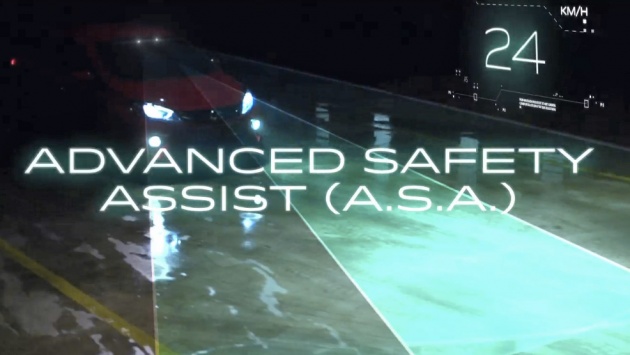
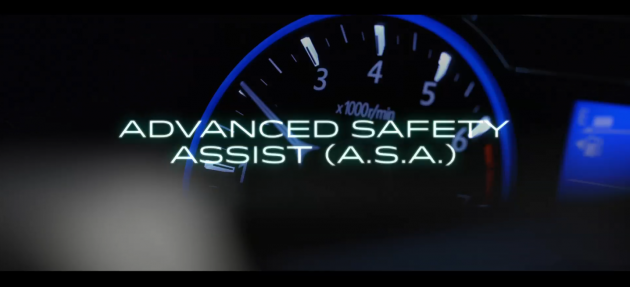
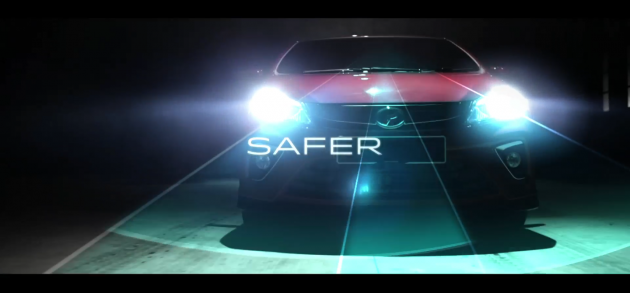
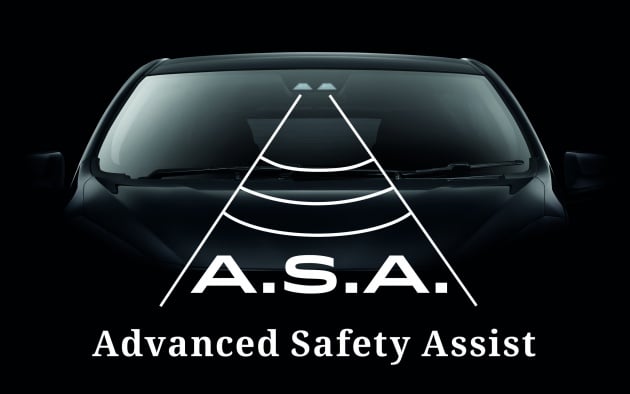
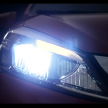
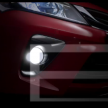
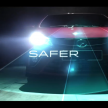
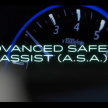
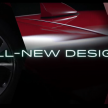
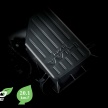
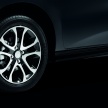
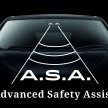
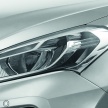
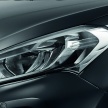
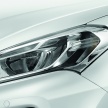
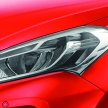
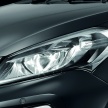
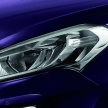
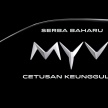
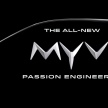
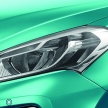
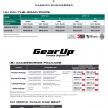
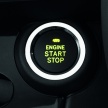
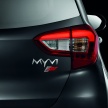
















AI-generated Summary ✨
Comments generally applaud Perodua for equipping the 2018 Myvi with advanced safety features like ASA, AEB, and multiple airbags at an affordable price, marking a significant leap in Malaysian automotive safety. Many acknowledge that while these features may not be as comprehensive as high-end luxury cars such as Volvo or XC90, they are impressive for the segment and are expected to push other manufacturers to enhance their offerings. Some express skepticism about the system's effectiveness at higher speeds or reversely, and highlight the limited sensing range of cameras over radar-based systems. Others note that safety should be fundamental, not marketed as optional, and hope that these features will genuinely improve safety and reduce accidents. Overall, comments reflect a positive outlook and excitement for SAFETYTECH progress in budget cars.